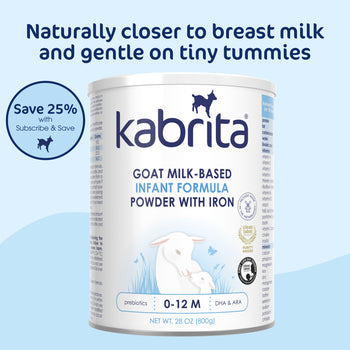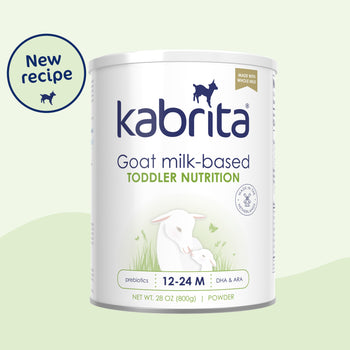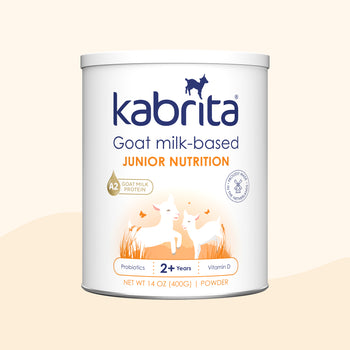Symptom Spotlight: Chronic Diarrhea

While the occasional bout of acute diarrhea is generally associated with a viral or bacterial infection and resolves quickly, chronic diarrhea is different. Read on to learn more about this common childhood symptom, its causes, and solutions.
What is it?
Healthy infants will have 3-10 bowel movements per day; older babies, toddlers, and children more commonly have one to two. In infants, diarrhea is defined as an increase in stool frequency to twice the usual number per day; in older children, the American Academy of Pediatrics defines it as three or more loose or watery stools in a 24-hour period. Chronic diarrhea persists beyond 14 days.
What are the symptoms?
The symptoms associated with chronic diarrhea, in addition to increased stool frequency and volume and altered appearance, will vary, depending on the underlying cause. For example children with diarrhea caused by a virus could also have a fever.
Chronic diarrhea that is accompanied by blood or mucus in the stool, weight loss, rash, extreme fatigue, prolonged vomiting, joint pain, and ulcers in the mouth should be brought to the attention of a healthcare provider for further evaluation. When a child experiences chronic diarrhea, you’ll also want to watch for signs of dehydration including listlessness, decrease in urination and extreme thirst.
What are the causes?
CNSD (chronic non-specific diarrhea) is the most common form of chronic diarrhea in children 0-3 years. The underlying cause of CNSD has not been identified but dietary triggers – such as cow milk and gluten-containing grains, such as wheat – may play a role. Children with CNSD appear otherwise healthy and maintain normal appetite and activity.
There are also a number of illnesses that can lead to chronic diarrhea in children. For example, infectious colitis may be related to recent travel, contaminated water, or consumption of under cooked meat. Lactose malabsorption is the result of an imbalance between the amount of ingested lactose and the capacity for the lactase enzyme to break it apart. It’s important to note, however, that lactose intolerance is uncommon in children under 3 years of age.
What are the solutions?
Determining the root cause of chronic diarrhea requires careful evaluation. It’s important to work with a health professional to rule out a more serious cause. However, when it comes to the most common cause of chronic diarrhea in young children, CNSD, food may play a big role.
A useful starting point is to keep a 7-day diet diary in order to see a potential relationship between food intake and toddler diarrhea symptoms. If cow milk appears to be a trigger, consider swapping it out for naturally easy to digest Kabrita Goat Milk Toddler Formula*.
Kabrita Goat Milk Toddler Formula may be an option for little ones during feeding transitions, such as weaning and supplementing, or those with minor issues associated with cow milk sensitivity*.
*Not suitable for children with confirmed cow milk protein allergy
Don’t forget to follow us on Instagram, and like us on Facebook for more nutrition and parenting tips!



